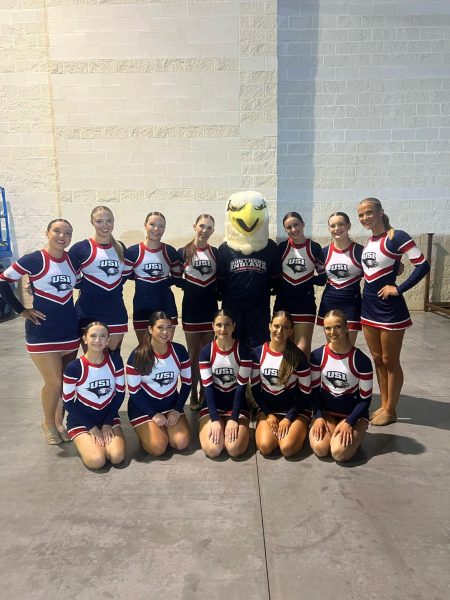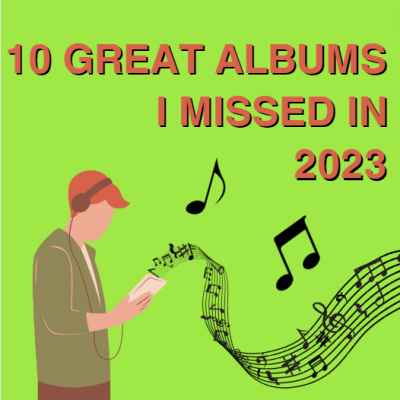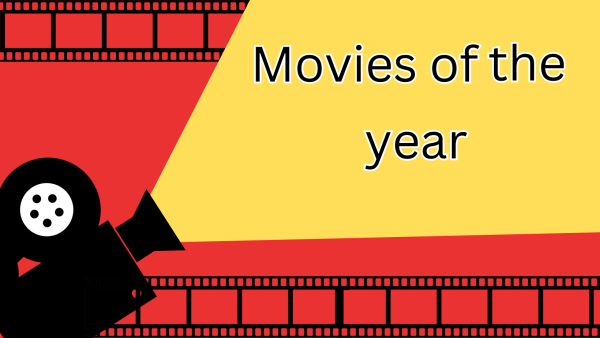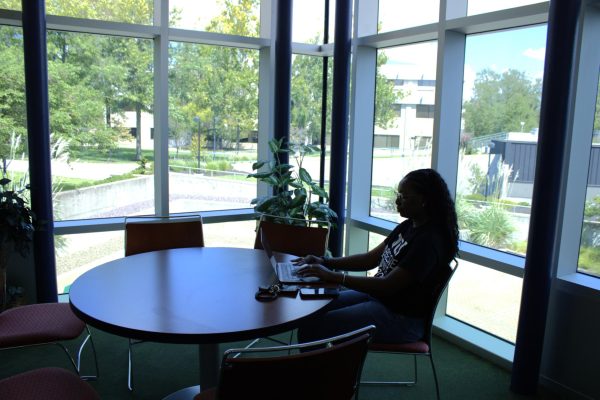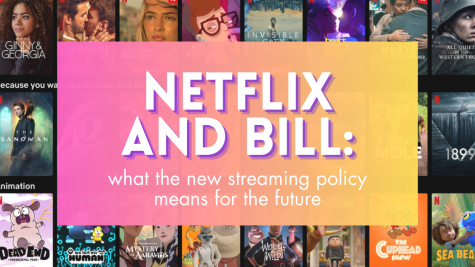Are online streaming services hurting traditional television and radio?
Looking at all the different online streaming options in today’s world makes people wonder if they are hurting traditional radio and television.
The vast majority of college students have an Amazon Prime account to order books and anything else they might need for their dorms or classes.
I broke down the costs for Amazon Prime into four different sections. For a regular subscriber, Amazon Prime is $12.99 per month or $119 annually. However, for a student, it is $6.49 per month or $49 annually, which is a huge difference.
When looking at the Evansville area with the zip code 47712, I found that the top three television providers are DirecTV, Spectrum and WOW! TV Basic.
DirecTV is $45 a month with roughly 185 channels, satellite connection and a two-year (24 month) contract. Spectrum pricing is also not too bad. Spectrum offers roughly 125 channels with a cable connection for $44.99 a month without any commitment.
WOW! TV Basic is the most expensive choice of television providers for this area. WOW! TV Basic offers roughly 20 channels with a cable connection for $79 per month. However, it is a year commitment (12 months).
Amazon Prime’s subscriber growth is drastically increasing. There were 80 million Amazon Prime members here in the United States as of March 2017. This makes 60 percent of U.S. Amazon users Prime members.
That number is up a whole 45 percent since December of 2015. On top of that, a more recent study shows that Amazon Prime subscribers have reached more than 95 million as of June 2018.
When students are considering Amazon Prime, they do not just look at the Prime Video or Prime Music. They see that there are several other services offered with it as well. Amazon Prime also offers Prime Photos, free same-day shipping, the rewards visa signature card, Kindle Owners Lending Library, Prime Now, Prime Wardrobe, FireTV and so much more.
When students look at the subscription, they see that they can get so much more from Amazon Prime than they can with a television provider. Sure, students may have to subscribe to other online streaming platforms to get everything they want, but that is what we tend to do as a generation.
We are more geared toward using technology and being able to skip over commercials and other unwanted things. This generation tends to like on-demand programming.
When it comes to the younger generation “cutting the cord” for satellite, telco or other pay-tv options, we tend not to hesitate. The older generation tends not to cut the cord for one very big reason. That is the “learning curve.”
The learning curve is that older or less tech-savvy people must learn new software and hardware. For people who did not grow up with smart TVs, computers, wireless internet and smart speakers, it can be difficult to learn how to use them.
In 2017, 22 million people cut the cord which is 33.3 percent higher than the numbers in 2016. That leaves around 196 million people still watching pay-tv. Those numbers are down 2-3 percent and they seem to be accelerating.
However, despite people cutting the cord and moving to online streaming, cable and satellite companies still see an average revenue increase of about 57 percent since 2017.
While I was looking at online streaming and its effects on the radio, it is quite clear that AM/FM radios are disappearing from our everyday lives. When I looked at a study done by Matt Bailey from radioworld.com, I found out some rather interesting numbers.
He asked listeners from the ages 15-39 years old what devices that they owned. He found out that 87 percent of them had an AM/FM radio in their vehicle, 43 percent of them had an AM/FM radio in their houses or at their work and only 16 percent had a portable AM/FM radio. These statistics alone show how college students and our generation are moving away from the radio.
When looking at all the different research, it is quite clear that online streaming such as Amazon Prime is hurting radio much more than television. In the future, I have a feeling that the television providers will adapt to the way the younger generation is and they will figure out a way to continue to stay alive.
However, in the meantime, it is clear that radio and television are on the decline in popularity for this generation. Being a college student on a budget, Amazon Prime is the more reasonable way to go. It is clear that we can get more for our money and isn’t that what counts when we have limited money supply? All the services provided with Amazon Prime and the costs of everything just outweigh the options of radio and television.

